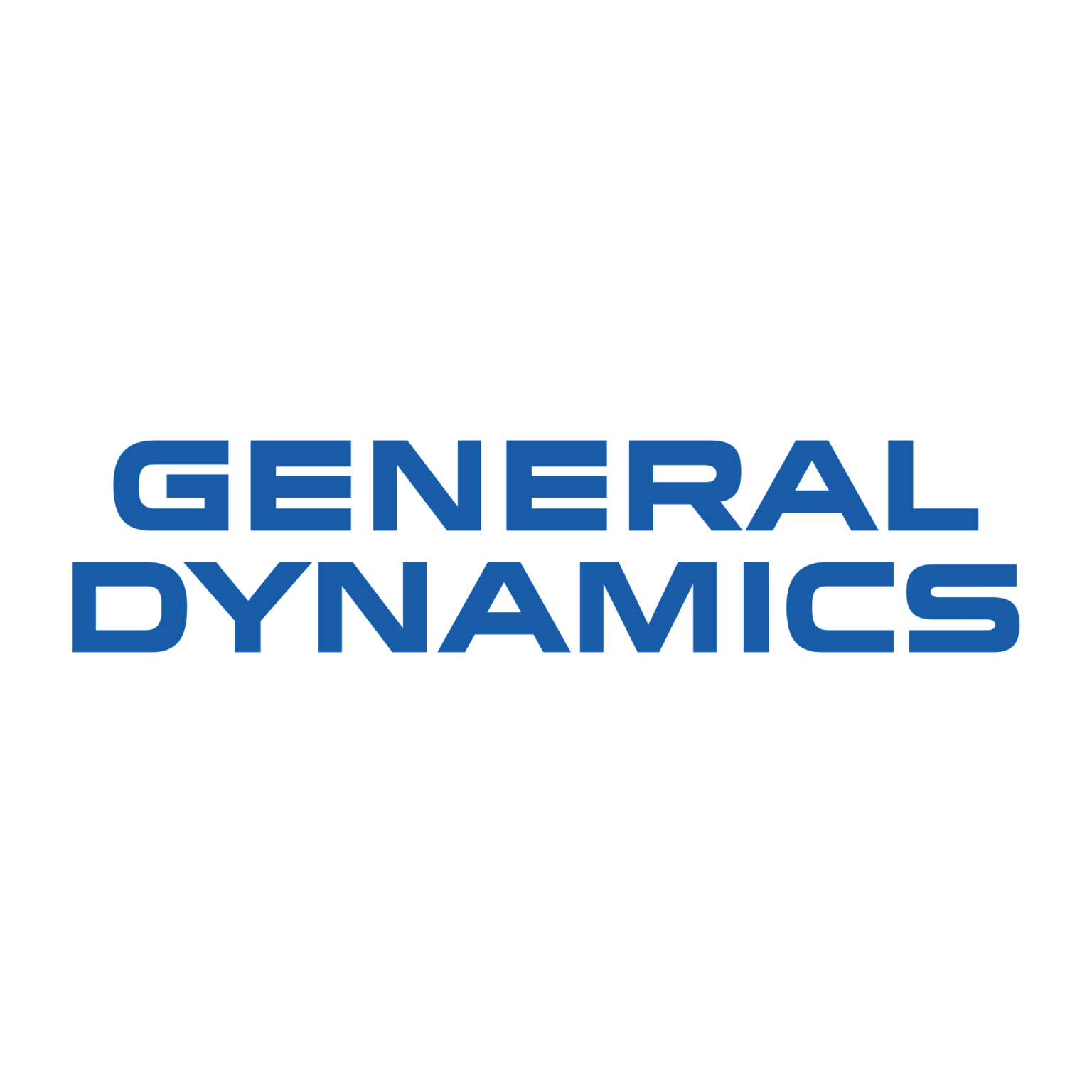
Generative AI, which includes technologies like ChatGPT-4, Copilot, and Gemini can produce text, images, and other media that closely mimic human creation. While the capabilities of generative AI are vast and impressive, they come with significant risks that businesses must be aware of and prepared to address. In this blog, we'll explore the potential risks associated with generative AI, provide strategies for mitigating these risks, and explain how tools like BusinessGPT can help safeguard your business.
Understanding Generative AI Risks
Generative AI systems can be leveraged for various business applications, from automating customer service to creating marketing content. However, the same features that make these systems powerful also introduce several risks:
Misinformation and Deepfakes:
Example: AI-generated content can be used to create misleading information or deepfake videos that appear authentic. This can harm a company's reputation if fake news or manipulated content goes viral, attributing false information to the business.
Intellectual Property Infringement:
Example: Generative AI might produce content that inadvertently replicates copyrighted material, leading to potential legal issues and financial penalties for the business.
Bias and Ethical Concerns:
Example: AI models trained on biased data can produce biased outputs, leading to unfair or discriminatory practices. This can result in reputational damage and loss of customer trust.
Data Privacy and Security:
Example: Generative AI systems that handle sensitive information could be targeted by cyber-attacks, potentially leading to data breaches and exposure of confidential business or customer information.
Mitigating Generative AI Risks
As businesses increasingly integrate generative AI into their operations, mitigating the associated risks becomes crucial. BusinessGPT offers a comprehensive suite of features to enhance governance and security, ensuring that AI technologies are used responsibly and safely. By leveraging these features, organizations can effectively monitor, control, and protect their AI systems, aligning with ethical standards and regulatory requirements. Here’s how BusinessGPT can help your business navigate the complexities of AI governance and risk management:
Governance
Monitoring AI Usage:
BusinessGPT provides real-time monitoring of AI activities, allowing organizations to track and analyze how AI systems are used across different departments. This ensures transparency and helps in identifying any anomalous or potentially risky behaviors early on.
Measuring Risk Based on Defined Company Policies:
BusinessGPT enables organizations to measure AI-related risks against predefined company policies. This helps in ensuring that AI usage aligns with the company's risk management framework and ethical guidelines.
Managing Risks by Defining Rules Controlling AI Usage:
With BusinessGPT, businesses can establish and enforce rules governing AI usage. This includes setting limitations on the types of data AI can access and the contexts in which AI-generated outputs can be utilized, thereby minimizing the risk of misuse.
Defining Responsible AI for Your Company:
BusinessGPT supports the development and implementation of a Responsible AI framework tailored to your organization’s needs. This includes guidelines for ethical AI development, deployment, and maintenance, ensuring that AI systems operate in a manner consistent with the company’s values and regulatory requirements.
Maintaining Compliance with Regulations:
BusinessGPT’s compliance auditing tools help businesses adhere to relevant regulations, such as GDPR, CCPA, and upcoming AI-specific legislation. These tools automate the compliance monitoring process, ensuring ongoing adherence to legal and ethical standards.
Security
Ensuring Zero Data Exposure:
BusinessGPT provides robust security measures to ensure that sensitive data handled by AI systems is not exposed to unauthorized parties. This includes data encryption, secure storage solutions, and strict access controls.
Privacy First with Data Classification and Sensitivity Control:
BusinessGPT offers advanced data classification capabilities, enabling businesses to categorize data based on sensitivity levels. This ensures that sensitive information is handled appropriately and privacy is maintained at all times.
Solving Top OWASP AI Risks of External Attackers:
BusinessGPT addresses critical AI security threats, including those identified by OWASP. Features such as prompt injection protection, secure output generation, and continuous security assessments help safeguard AI systems from external attacks.
Available as a Private End-to-End Solution or as a Proxy to Existing AI Services:
BusinessGPT can be deployed as a comprehensive on-premises solution or integrated as a secure proxy to existing AI services. This flexibility ensures that businesses can choose the deployment model that best fits their security and operational needs.
Conclusion
Generative AI presents both opportunities and risks for businesses. By understanding the potential dangers, implementing effective risk mitigation strategies, and leveraging advanced features for AI governance and security management, organizations can harness the power of generative AI while safeguarding their operations and reputation. Tools like BusinessGPT provide the necessary support to ensure that AI technologies are used responsibly, securely, and in compliance with regulatory requirements, enabling businesses to navigate the complexities of AI adoption with confidence.
Harness generative AI responsibly with BusinessGPT! Ensure secure, compliant AI adoption and protect your operations. Start your journey now!












